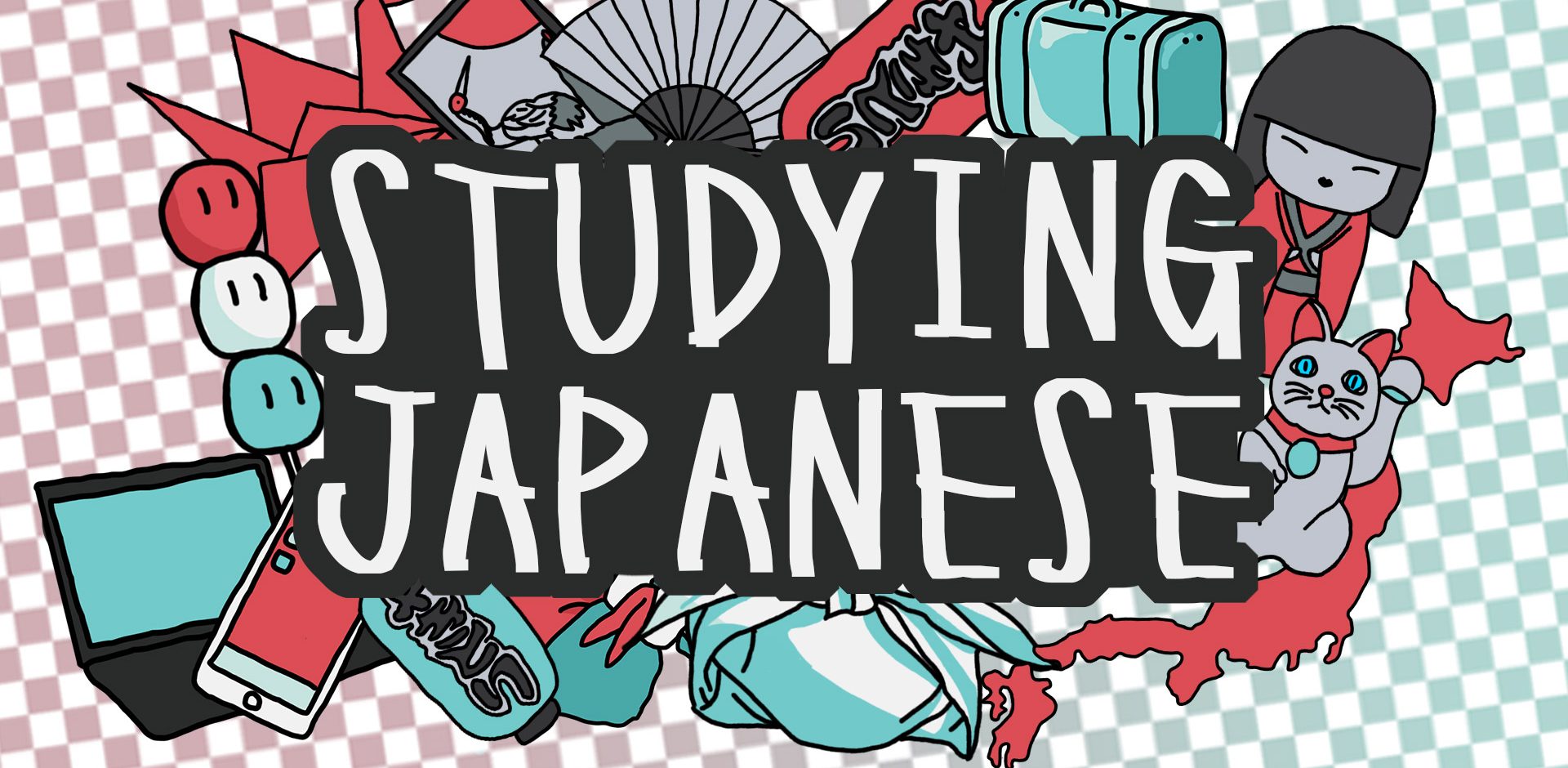
How I studied Japanese
Introduction – Studying Japanese
Before embarking on a year-long trip to Japan and attending a Japanese high school there, I used various books, websites and podcasts to study the language. I continued studying Japanese during my stay as well as after returning. Here are all of my favourite resources to study Japanese!
The Video
If you don’t like reading, here’s my latest video on how I studied Japanese. I will be covering everything I mentioned in the video here in greater detail, so keep on reading!
The Books
#1 Nihongo So-Matome
These Japanese textbooks consist of a book each for grammar, kanji, reading comprehension, listening comprehension and vocabulary. There is also a new book for every level of the Japanese Language Proficiency Test JLPT. I mainly used the books for N3 and N2, so I can only vouch for those, but I’m sure the N5/N4 and N1 books are similar.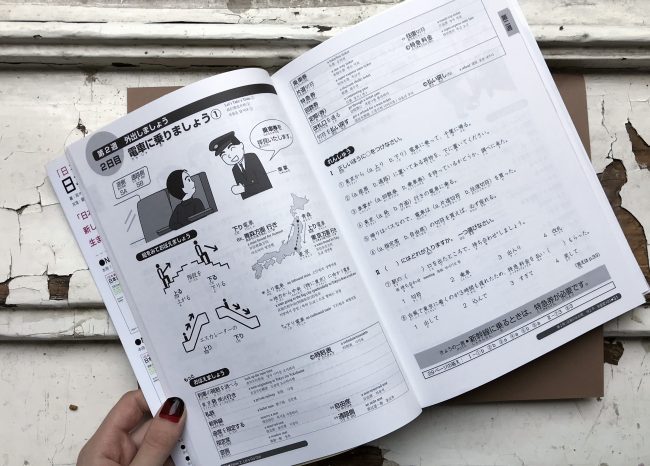
The way this series is designed is that there is a new page with exercises or vocabulary words for each day, and a new chapter every week. The last day of the week is reserved for revisions. For example, the N3 Vocabulary book has 6 weeks and a total of 106 pages excluding the appendix.
They teach you the basics, but sometimes the explanations are a bit lacking and you need external help to fully comprehend what they are trying to teach you. This is especially true for the grammar book, whereas the vocabulary and kanji books are great, as they are pretty self-explanatory.
The pacing is a bit slow, especially if you are crunching for an exam, but it is easy to accelerate at your own pace, doing more than one ‘day’ a day.
Each book retails for 1.200¥, excluding tax, which totals to 6.480¥ for the entire set, per level, including tax. That’s quite expensive, as there are many books out there that do a better job at a cheaper price, especially at a beginners level.
#2 New Kanzen Master
These books are great. Similar to the Nihongo So-Matome, they also come in a set of 5, being Reading, Kanji, Grammar, Vocabulary and Listening Comprehension. Although I looked at all of them, I mainly used the grammar book during my studies and will base my review primarily on it.
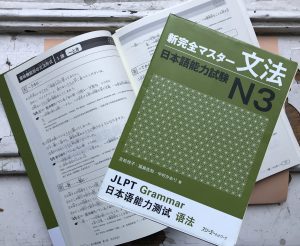 The grammar book is split into 3 parts and includes a mock exam in the back. Part 1: Grammar in the sentence 1. Part 2: Grammar in the sentence 2. and Part 3: Grammar in longer text.
The grammar book is split into 3 parts and includes a mock exam in the back. Part 1: Grammar in the sentence 1. Part 2: Grammar in the sentence 2. and Part 3: Grammar in longer text.
There are multiple different drills and question types to make sure you fully understand the various grammar points. Similar terms are grouped together into a section and the subtle differences are explained.
There are also sections that teach you the methods for forming internally cohesive passages, which you will be tested on during the JLPT.
Not only the cover, but also the inside is very pretty and easy to use. Each book retails for 1.200¥ in Japan, and it is worth every penny.
#3 Kanji in Context [Revised Edition]
The Kanji in Context textbook by the Inter-University Center for Japanese Language Studies and The Japan Times is my favourite book for studying Kanji.
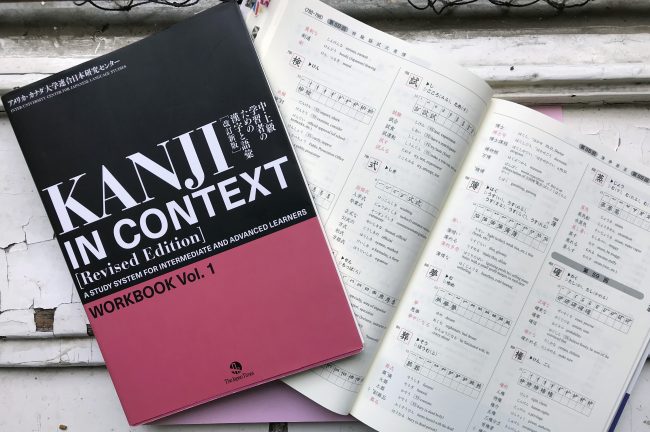
Kanji in Context Revised Edition + Workbook
Not only does it come with all 2.136 jōyō kanji, the official list of kanji learned by Japanese students provided by the Japanese Ministry of Education. They are arranged in a special way to ease studying by grouping similar kanji or kanji commonly used together next to each other.
Not only does each of the 2.136 characters have it’s own entry, it also comes with key vocabulary that is commonly used with it and that teaches the different readings of a character. The total amount of vocabulary learned when finishing this book is around 9.500.
Each entry consists of the character with its on’yomi then kun’yomi readings. It also shows the stroke order and a list of vocabulary. These vocabulary words are coded, with the red words being the key vocabulary, teaching you the different readings and showing commonly used words. The other words are there to show different uses and further broaden your vocabulary knowledge. Rare and niche words are marked as such as well.
You will often find groupings at the bottom of some pages showing characters that look very similar, to ensure that no confusion occurs.
The book has 393 pages and retails for 3.500¥. The two workbooks retail for 2.200¥ each, and offer various exercises to further drill you.
#4 Read Real Japanese [Fiction and Essays]
The 2 book Read Real Japanese series offers easy fiction and essays respectively by popular Japanese authors. They were edited by Michael Emmerich and Janet Ashby.
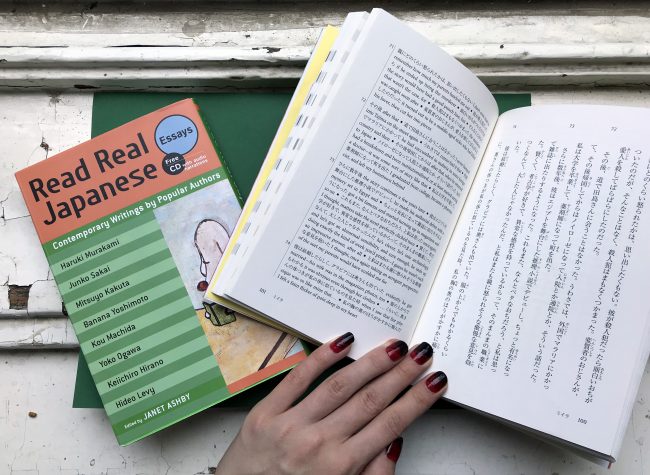
Read Real Japanese Essays + Fiction
The fiction book includes stories by authors such as Banana Yoshimoto, Hiromi Kawakami and Yoko Tawada, among others. A total of 6 short stories are included, and the book offers translations of all the complex passages, as well as in-depth notes on grammar, word usage and cultural background. There is also a profile of each author and a CD to listen to the stories as well.
These books are great because they use actual Japanese, instead of ‘textbook’ Japanese, that isn’t commonly used. The stories are easy to understand and the explanations are clear.
And yes, you are going on a picnic with a bear in the first story…
The essays book includes texts by Haruki Murakami, Keiichiro Hirano and Banana Yoshimoto, among others. There are a total of 8 essays included.
Both the Fiction and the Essays book retail for US$24.
Websites
Wanikani
Wanikani is a kanji-learning tool developed by Tofugu. It uses spaced repetition and radicals to teach you 2.000 kanji and 6.000 vocabulary words. Wanikani turns learning into a game by creating levels and using a game like interface, which is very clean and aesthetic.
You can try the first 3 levels for free, and then it’s 9 USD a month or 89 USD a year, although there is always a huge winter sale where the prices go way down.
If you want a quick overview, you can watch the video at the top of this blog post, or read through their website. All hail the Crabigator.
Easy NHK
News Web Easy by NHK is a news website that uses super easy Japanese. 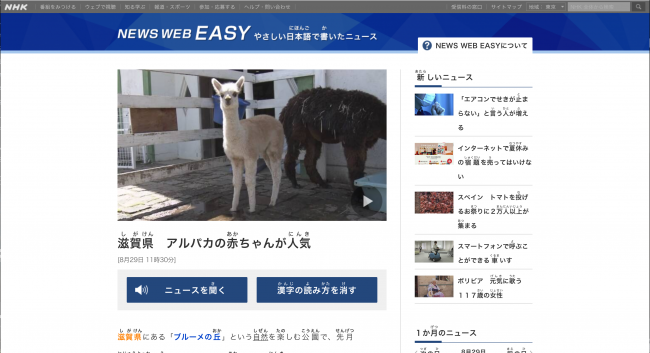
Difficult words are highlighted and there are furigana. Places and names are colour coded to simplify the reading process as well. You don’t need advanced Japanese skills to read the various articles, and they are a great way to practice your reading comprehension skills for free.
Immerse Yourself.
When studying Japanese, it is important to not loose focus. You probably don’t want to just learn the language, but also actively use it. That’s why it’s important to actively use it by combining it with things you are interested in.
For example, you could turn your video games to Japanese, watch some movies [Here are my favourite Japanese Netflix shows] or read a book or blog.
If you just use textbooks and have no contact to ‘real Japanese’, it is easy to get bored and quit. But, if you are constantly immersed into the language, not only does studying Japanese become a lot easier, you will also get more out of it.
So, find something you are interested in or already know a lot about, and rediscover it in Japanese.
Wrap-Up
And that is all I have time for today, I hope you enjoyed it.
If you haven’t already, make sure to subscribe to my Youtube channel for new videos every week!
What’s your favourite textbook / which one are you currently using? Make sure to leave a comment down below.
Until next time,
Send a postcard,
Yona
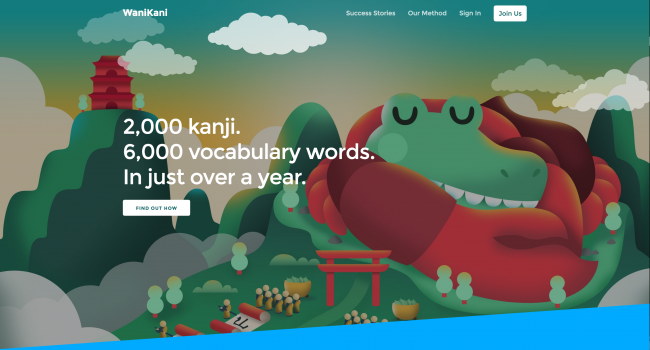
[…] Date:September 6, 2018 Author:Yona Schuh Category:Reviews Tags: Japanese Food ← How I studied Japanese […]